Cargando...
Recursos educativos
-
Nivel educativo
-
Competencias
-
Tipología
-
Idioma
-
Tipo de medio
-
Tipo de actividad
-
Destinatarios
-
Tipo de audiencia
-
Creador
-
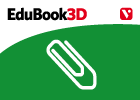
-
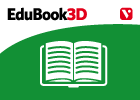
End-of-unit activities - Animals
EduBook Organización
- 2481 visitas
Animals belong to the largest and most diverse group of living things. There are over two million different animal species. Animals get the energy they need by eating food. They can move from place to…
-
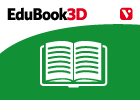
End-of-unit evaluation - Animals
EduBook Organización
- 2486 visitas
Animals belong to the largest and most diverse group of living things. There are over two million different animal species. Animals get the energy they need by eating food. They can move from place to…
-
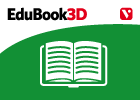
Introduction - Plant reproduction
EduBook Organización
- 2498 visitas
In this unit we are going to learn about how flowering and non-flowering plants reproduce. The reproductive organs of most plants are in the flowers. It is in this part of the plant that the two…
-
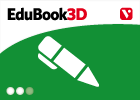
Answer. Pollination, fertilisation and the formation of seeds
EduBook Organización
- 2493 visitas
Remember what you have studied in this section and answer the questions: In what two ways can pollen be transferred? What do we call the process where the spermatozoid and ovule meet? What does the…
-
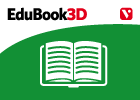
Los ríos de Andalucía
EduBook Organización
- 2492 visitas
El Guadalquivir y sus afluentes El río más importante de Andalucía es el Guadalquivir. Nace en las sierras del Pozo y Cazorla y desemboca en el océano Atlántico, cerca de Sanlúcar de Barrameda. El…
-
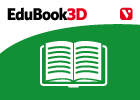
Conservemos el medio natural de Andalucía
EduBook Organización
- 2490 visitas
Nuestra riqueza natural En Andalucía todavía existe un importante número de espacios naturales, de gran interés paisajístico y ecológico, en los que se conservan la fauna y la vegetación…
-
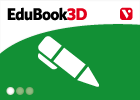
Identifica. Distribución de la población
EduBook Organización
- 2478 visitas
Observa las fotografías y contesta: ¿Cuál pertenece a una población urbana? ¿Y a una localidad rural? ¿Por qué? ¿En qué área se encuentran las localidades de las fotografías?
-

Autoevaluación T07 03 - La época de los castillos
EduBook Organización
- 2482 visitas
Indica en cada caso si las siguientes afirmaciones son verdaderas o falsas: En el año 711 los reinos cristianos de la Península Ibérica iniciaron la conquista de al-Ándalus. La sociedad feudal…
-
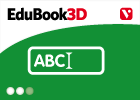
Completa. Hallazgos de la Prehistoria andaluza
EduBook Organización
- 2486 visitas
Escribe el nombre de cada uno de estos tipos de recipientes cerámicos típicos de la Prehistoria andaluza: Recipiente que se caracteriza por su color rojo: cerámica a la . Copa de cerámica con la…
Te estamos redirigiendo a la ficha del libro...













